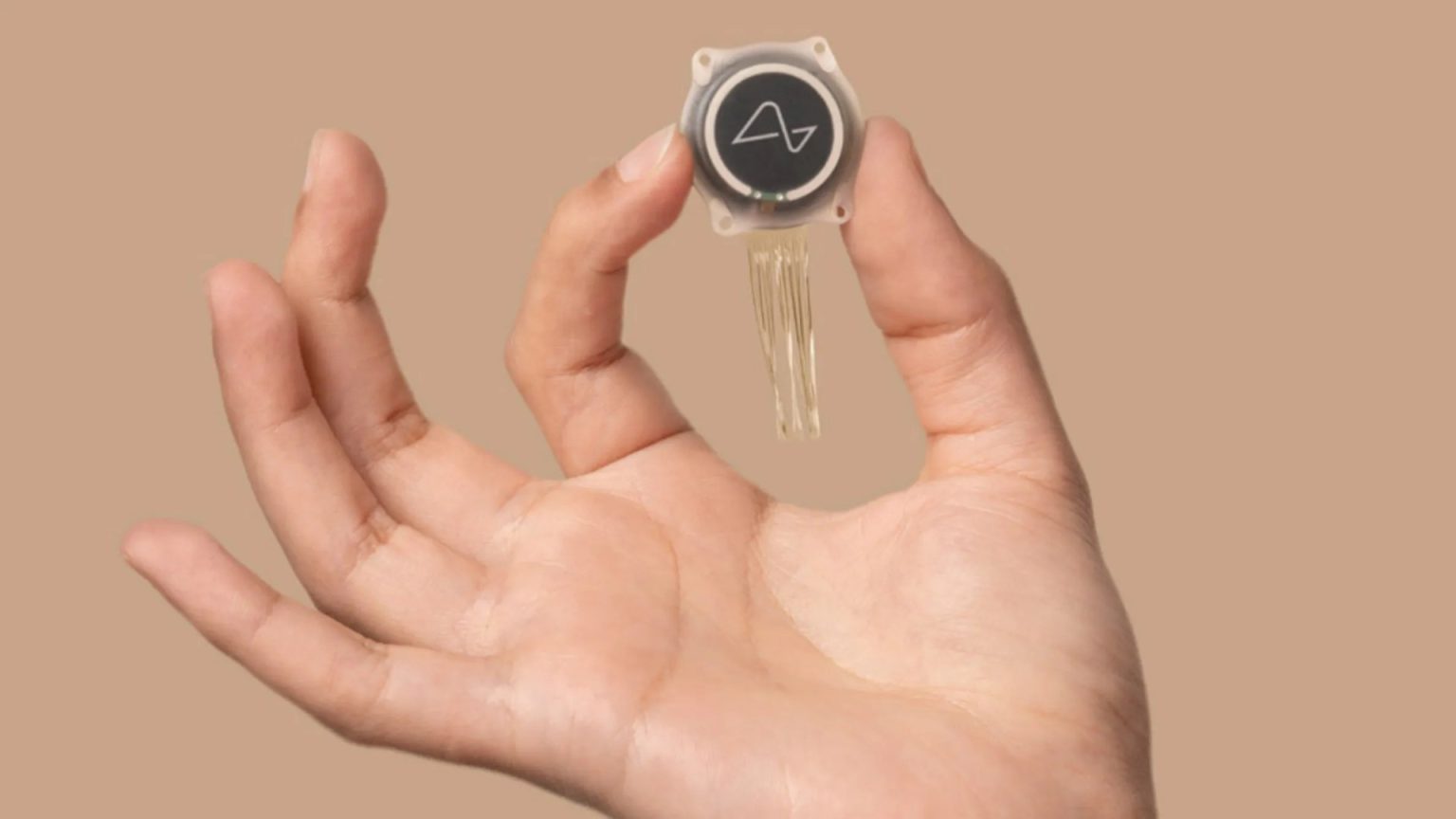Elon Musk’s Neuralink has achieved a significant milestone in its pursuit of brain-computer interfaces. A recent video shared on X showcases a human patient, implanted with Neuralink’s N1 brain chip, controlling a robotic arm solely through thought. The arm, holding a pen, meticulously writes the word “convoy” on a whiteboard, demonstrating a remarkable level of precision and control. This demonstration is a testament to the potential of Neuralink’s technology to revolutionize the lives of individuals with disabilities, particularly those with paralysis. The “Convoy” study, as it’s aptly named, aims to restore limb control to quadriplegics and others with limited mobility, granting them a degree of independence currently unattainable.
The video, though brief, has ignited a wave of excitement and hope within the scientific community and among those affected by paralysis. While the identity of the patient remains undisclosed, the clip provides compelling evidence of the technology’s functionality. Musk’s succinct confirmation on X further validates the authenticity of the demonstration. This latest breakthrough builds upon earlier successes, notably the case of Noland Arbaugh, the first human recipient of the N1 implant. Arbaugh, who is quadriplegic, utilized the technology to control a mouse cursor, playing video games and live streaming using only his mind, a testament to the chip’s potential to restore lost functionality.
Neuralink’s N1 chip works by interpreting brain signals and translating them into Bluetooth commands that can control external devices. This innovative approach bypasses traditional methods of control, such as joysticks or muscle sensors, relying solely on the user’s thoughts. This represents a paradigm shift in assistive technology, offering a more intuitive and seamless interface between the brain and external devices. The chip, comprised of threads thinner than a human hair, acts as a conduit for information, transmitting data between the brain and the connected device. This intricate network of threads allows for the precise reading and interpretation of brain activity, enabling a level of control previously thought impossible.
The potential applications of Neuralink’s technology extend far beyond assisting individuals with disabilities. Musk envisions a future where brain-computer interfaces enhance human capabilities, potentially leading to a symbiotic relationship between humans and artificial intelligence. The prospect of merging human intelligence with AI raises profound questions about the future of humanity, but also offers tantalizing possibilities for advancements in various fields, from medicine and education to communication and entertainment. The ability to control devices with the mind could revolutionize how we interact with the digital world, offering a more seamless and intuitive experience.
Neuralink’s progress, while promising, is still in its early stages. The company is currently conducting clinical trials to gather data on the safety and efficacy of the N1 implant. The long-term effects of the implant remain unknown, and further research is needed to fully understand the potential risks and benefits. However, the initial results are highly encouraging, and the technology holds immense promise for transforming the lives of millions. The road ahead is undoubtedly challenging, but Neuralink’s innovative approach to brain-computer interfaces has the potential to reshape the future of human interaction with technology.
The successful control of a robotic arm using only thoughts represents a significant leap forward for Neuralink and the field of brain-computer interfaces. While significant challenges remain, the potential benefits of this technology are vast, offering hope for individuals with disabilities and the possibility of enhancing human capabilities beyond our current limitations. As Neuralink continues to refine and develop its technology, the future of human-computer interaction promises to be transformative, blurring the lines between biology and technology in ways we are only beginning to imagine. The advancements made by Neuralink represent a significant step towards a future where the power of the human mind can be harnessed in unprecedented ways.


